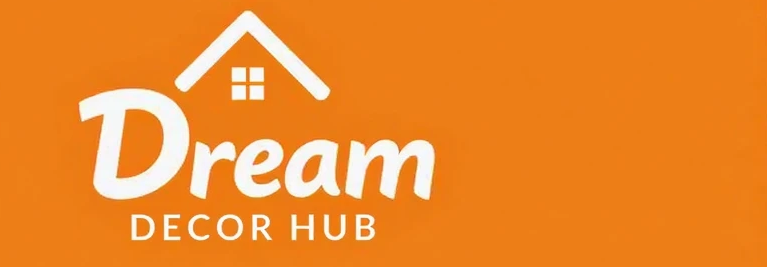Your kitchen isn’t just where you cook anymore—it’s the heart of your home, your daily gathering space, and honestly, probably where you spend more time than anywhere else. Yet most kitchens still look like they were designed for function over beauty, with basic cabinets, standard countertops, and lighting that makes even the most expensive ingredients look uninspiring.
Here’s what’s changing in 2025: kitchens are becoming architectural statements. We’re talking about spaces that feel more like luxury showrooms than traditional cooking areas—places where every surface, every line, and every lighting choice works together to create environments that make you excited to start your day with morning coffee and end it preparing dinner for friends.
The kitchen trends emerging this year aren’t just about following what’s popular—they’re about creating spaces that enhance how you live, work, and connect with others in your home. From seamless surfaces that make cleaning effortless to integrated technology that anticipates your needs, 2025’s kitchen design is focused on making your daily routines feel more luxurious and intentional.
Whether you’re planning a complete renovation or looking for strategic updates that deliver maximum impact, these trends represent a shift toward kitchens that feel custom, sophisticated, and perfectly suited to modern life. Ready to discover how the most beautiful kitchens of 2025 are redefining what’s possible in residential design?
Understanding the New Kitchen Philosophy
Before diving into specific trends, it’s crucial to understand the fundamental shift happening in kitchen design philosophy. The 2025 kitchen isn’t just a room—it’s a carefully orchestrated experience that seamlessly blends aesthetics, functionality, and technology to support modern lifestyles.
Invisible Technology Integration – The smartest kitchens don’t look high-tech; they simply anticipate your needs. From appliances that blend seamlessly into cabinetry to lighting systems that adjust automatically throughout the day, technology enhances the experience without dominating the aesthetic.
Material Authenticity Over Imitation – This year’s most striking kitchens celebrate genuine materials rather than trying to mimic something else. Real stone, actual wood grain, authentic metal finishes—there’s a move toward materials that age beautifully and develop character over time.
Architectural Integration – The best 2025 kitchens feel integral to their homes’ overall design rather than added afterthoughts. Ceiling treatments, flooring, and lighting systems flow seamlessly from kitchen to adjacent spaces, creating cohesive environments.
Wellness-Focused Design – Modern kitchen design increasingly considers how spaces affect our daily well-being, from air quality and natural light to ergonomic workflows that make cooking more enjoyable and less stressful.
Design for Experience, Not Just Function
The most successful 2025 kitchen trends focus on creating memorable experiences rather than just efficient workspaces. These kitchens make everyday activities—from morning coffee routines to weekend cooking projects—feel more intentional and enjoyable.
Sensory Layering – Great kitchen design engages multiple senses through varied textures, carefully planned acoustics, and even subtle scenting through ventilation systems. The result is spaces that feel alive and engaging rather than sterile and purely functional.
Flexible Social Zones – Modern kitchens accommodate different types of gathering, from intimate morning conversations to larger entertaining. Moveable elements, adjustable lighting, and flexible seating arrangements support various social configurations throughout the day.
Personal Expression Opportunities – While clean, minimal aesthetics dominate, the best 2025 kitchens include meaningful opportunities for personal expression through curated collections, artwork, or unique material choices that reflect the homeowner’s personality.
Seasonal Adaptability – Forward-thinking kitchen design considers how spaces can be refreshed and adapted throughout the year, from adjustable lighting that compensates for seasonal changes to display areas that can be easily updated.
Sustainable Luxury as the New Standard
Luxury in 2025 kitchen design isn’t just about expensive materials—it’s about thoughtful choices that enhance both immediate experience and long-term sustainability. The most desirable kitchens balance indulgence with responsibility.
Durable Material Investments – Rather than trendy finishes that will need replacement, luxury kitchens focus on materials that improve with age and use. Stone that develops patina, wood that gains character, metals that weather beautifully.
Energy-Efficient Sophistication – High-performance appliances, LED lighting systems, and smart ventilation aren’t just environmentally responsible—they also provide superior functionality and lower operating costs over time.
Waste Reduction Integration – Composting systems, recycling centers, and food storage solutions are seamlessly integrated into kitchen design, making sustainable practices convenient and aesthetically pleasing.
Local Material Emphasis – There’s growing interest in materials sourced from local quarries, mills, and craftspeople, both for sustainability and for creating unique regional character in kitchen design.
12 Kitchen Design Trends That Define 2025
Seamless Stone Kitchen With Hidden Storage
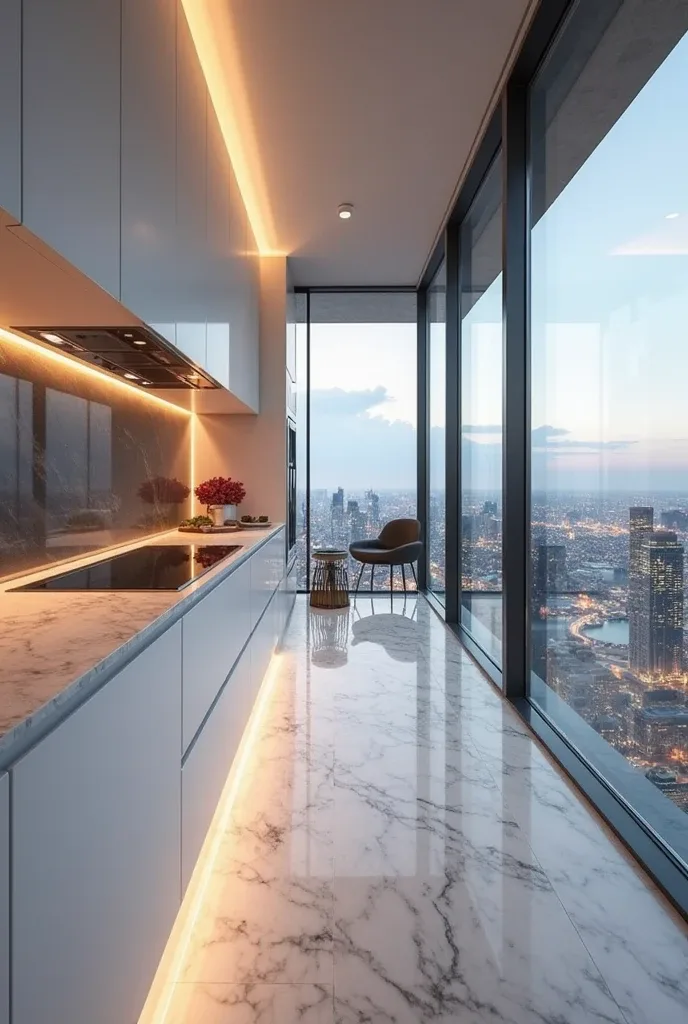
The ultimate expression of minimalist luxury, seamless stone kitchens create uninterrupted visual flow through matching countertops and backsplashes that appear carved from single massive slabs. Hidden storage solutions eliminate visual clutter while providing maximum functionality.
The seamless approach extends to appliances—induction cooktops flush with countertops, refrigerators hidden behind stone panels, and even sinks carved directly into the stone surface. Ambient LED lighting emphasizes the material’s natural beauty while providing task illumination.
This design philosophy works particularly well in open-concept spaces where the kitchen needs to feel sophisticated enough to complement living areas. The monolithic stone approach creates architectural gravitas while advanced storage systems behind the seamless facades provide surprising functionality.
Curved Island Kitchen With Sculptural Appeal
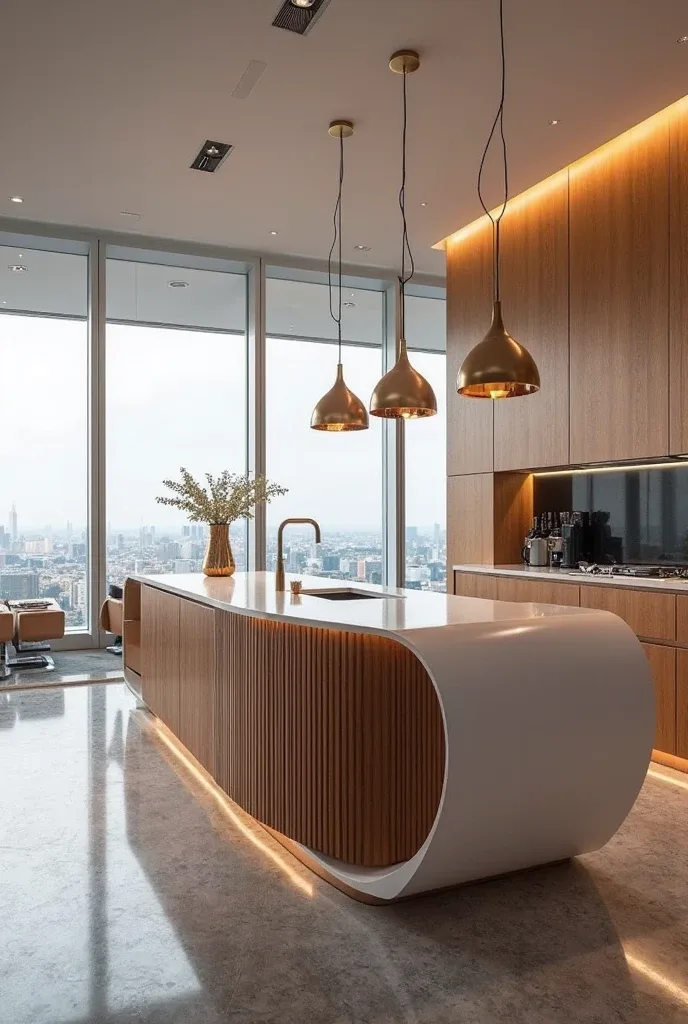
Organic curves are transforming kitchen islands from purely functional elements into sculptural centerpieces that anchor entire spaces. These aren’t just rounded corners—they’re flowing, wave-like forms that create movement and visual interest while improving traffic flow around the workspace.
These designs work especially well in large, open spaces where the island serves as both workspace and social hub. The curved forms soften the typically angular kitchen environment while creating natural conversation areas that feel more organic and welcoming.
Earthy Luxury With Textured Surfaces
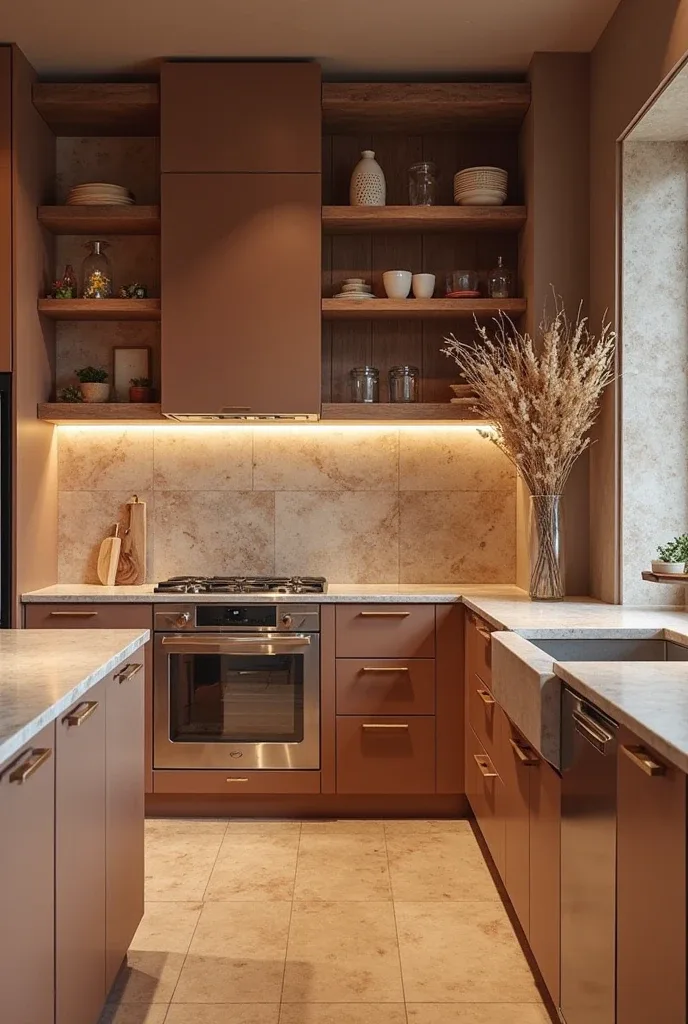
The move toward earth-toned kitchens reflects a broader desire for spaces that feel grounded and connected to nature. Travertine, clay, and warm wood tones create kitchens that feel both sophisticated and approachable, luxury that’s inviting rather than intimidating.
Bronze fixtures and warm LED lighting enhance the earthy palette while maintaining the refined aesthetic appropriate for luxury spaces.
This trend particularly appeals to homeowners who want their kitchens to feel like retreat spaces—calm, grounding environments that provide respite from busy urban life while maintaining the sophistication expected in high-end homes.
Futuristic Monochrome Kitchen
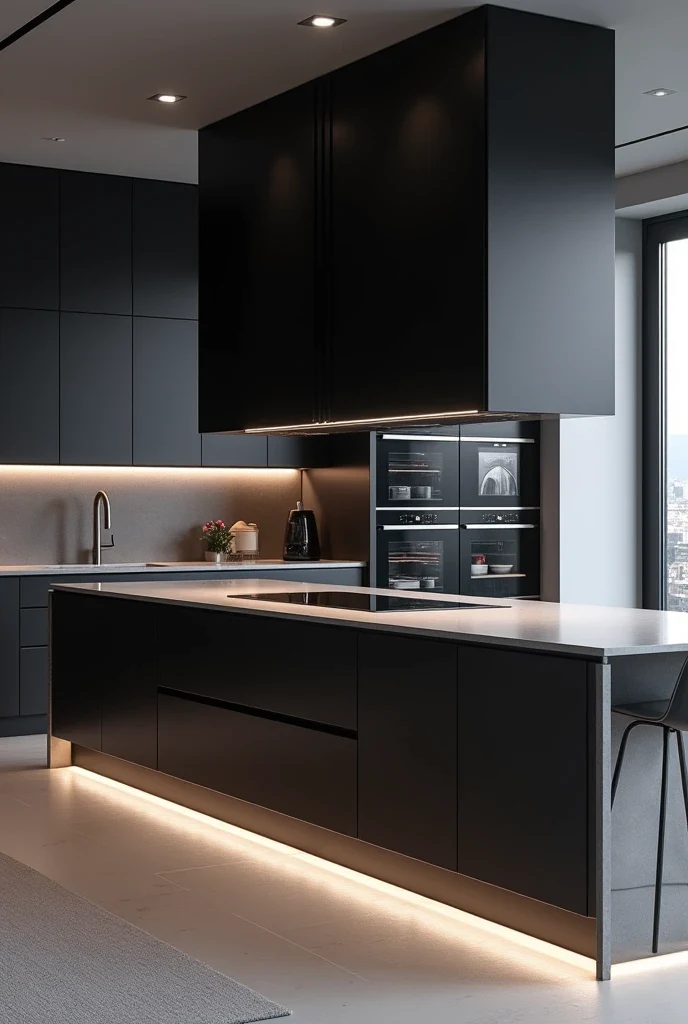
High-tech aesthetics reach new sophistication in 2025 through monochrome palettes that let advanced functionality take center stage. Matte black and soft grey combinations create dramatic backdrops for touch-panel appliances and integrated smart systems.
These kitchens feature floating cabinetry that appears to defy gravity, integrated lighting strips that provide task illumination without visible fixtures, and quartz islands with waterfall edges that create stunning focal points. The minimalist aesthetic emphasizes clean lines and seamless integration over decorative elements.
The futuristic approach works particularly well in contemporary homes where technology integration is a priority. Smart appliances, automated lighting, and voice-controlled systems blend seamlessly into the monochrome aesthetic, creating kitchens that feel like glimpses into the future of residential design.
Retro Revival Meets Modern Chic

The 1970s revival continues evolving in 2025, but with sophisticated updates that avoid kitsch. Burnt orange and sage green cabinetry, terrazzo surfaces, and fluted glass create kitchens with personality and warmth while maintaining contemporary functionality.
This trend appeals to homeowners who want their kitchens to have character and personality rather than generic luxury. The carefully curated retro elements create conversation starters while contemporary functionality ensures the space works for modern cooking and entertaining needs.
Floating Kitchen Blocks in a Loft Aesthetic
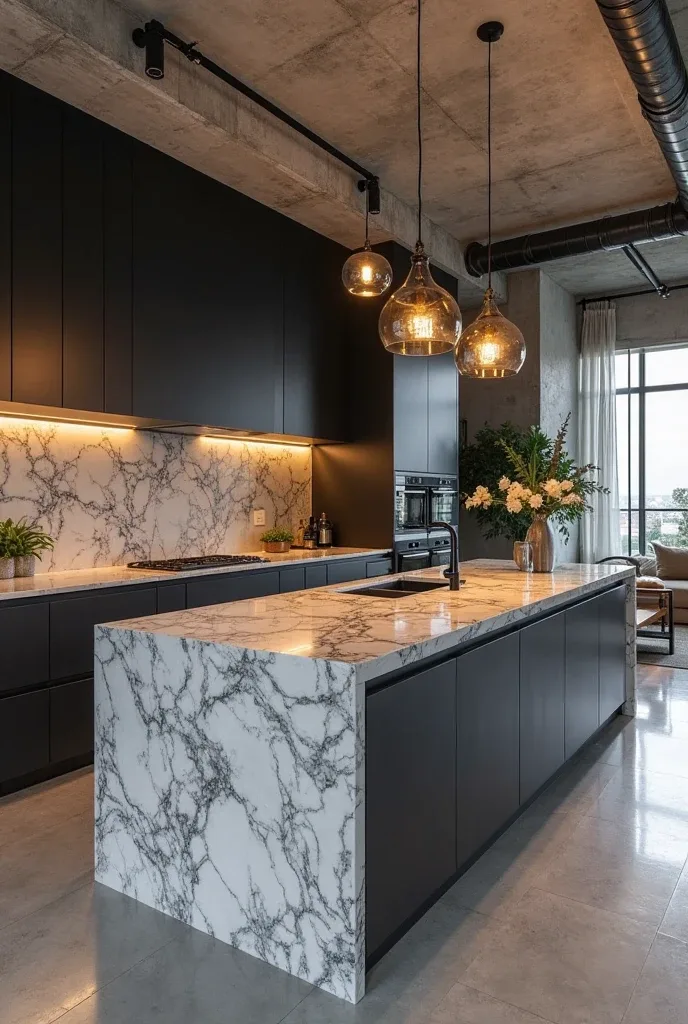
Industrial-inspired kitchens reach new heights through floating cabinet blocks that appear suspended in space. Combined with exposed concrete ceilings and dramatic lighting, these kitchens feel more like art installations than traditional cooking spaces.
The floating effect is achieved through concealed mounting systems that eliminate visible supports, creating clean lines and emphasizing the architectural drama. Central islands with waterfall marble slabs anchor the design while oversized pendant lights provide both illumination and sculptural interest.
This approach works particularly well in loft-style spaces or homes with high ceilings where dramatic gestures can be properly appreciated. The industrial elements feel sophisticated rather than rough, creating kitchens suitable for both casual daily use and formal entertaining.
Biophilic Kitchen With Natural Light
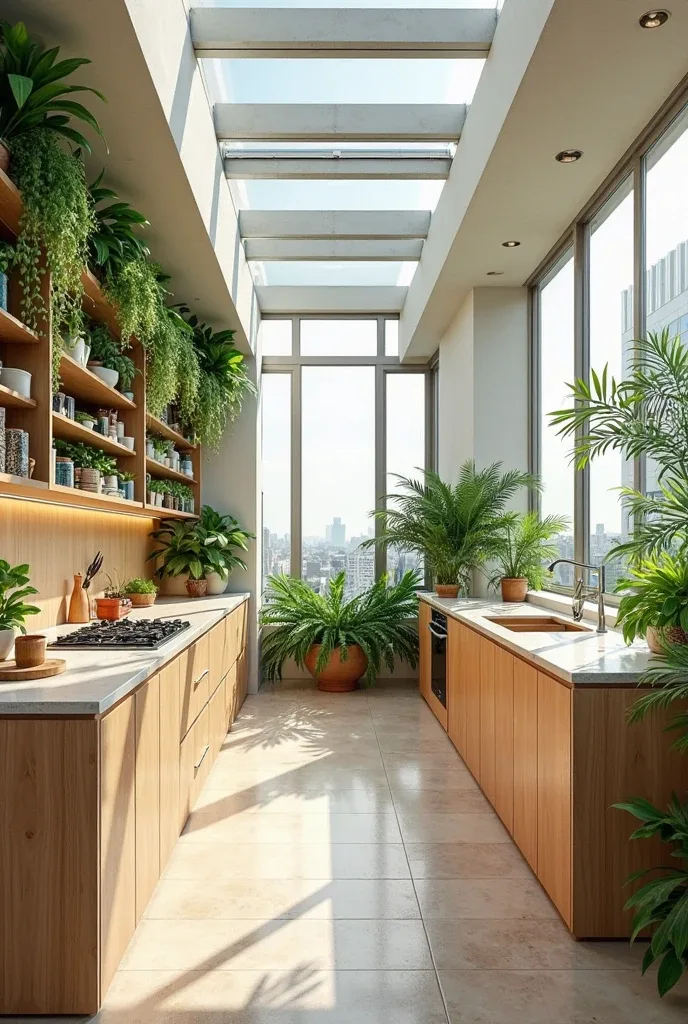
The connection between indoor and outdoor spaces becomes even more important in 2025, with kitchens designed to maximize natural light and integrate living plants as essential design elements rather than decorative afterthoughts.
Floor-to-ceiling windows, skylight installations, and indoor herb walls create kitchens that feel connected to natural cycles throughout the day. Light oak cabinetry and creamy terrazzo surfaces reflect and amplify available light while creating appropriate backdrops for extensive plant collections.
These kitchens appeal to health-conscious homeowners who understand the connection between natural light, fresh air, and daily well-being. The biophilic elements aren’t just beautiful—they actively improve indoor air quality and provide fresh ingredients for cooking.
Two-Tone Elegance With Metallic Accents
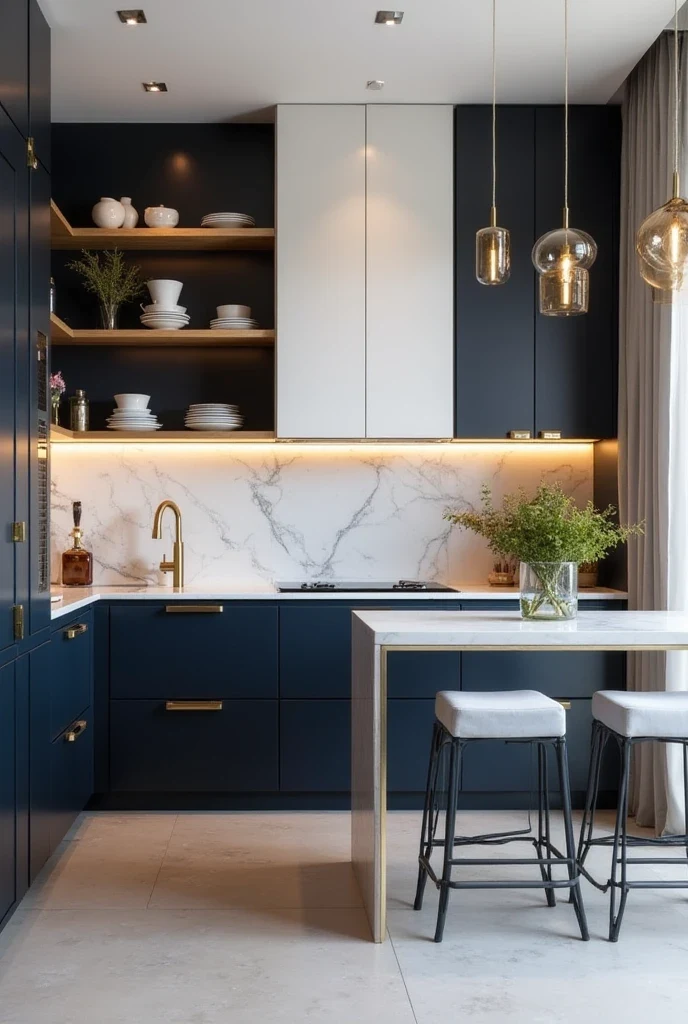
Sophisticated color contrast reaches new refinement through carefully planned two-tone cabinetry that creates visual interest without overwhelming spaces. Navy and white combinations with brushed gold hardware create timeless elegance that feels both classic and contemporary.
The key to successful two-tone design is thoughtful placement—darker colors typically ground lower cabinets while lighter tones on upper cabinets maintain visual lightness. Metallic accents through hardware, lighting, and fixtures tie the color palette together while adding luxury details.
This approach works well in kitchens where homeowners want sophisticated color without committing to bold single-color schemes. The two-tone strategy also allows for strategic use of expensive materials—perhaps natural stone on the island with complementary quartz on perimeter countertops.
Glass-Box Kitchen With Urban Vibes
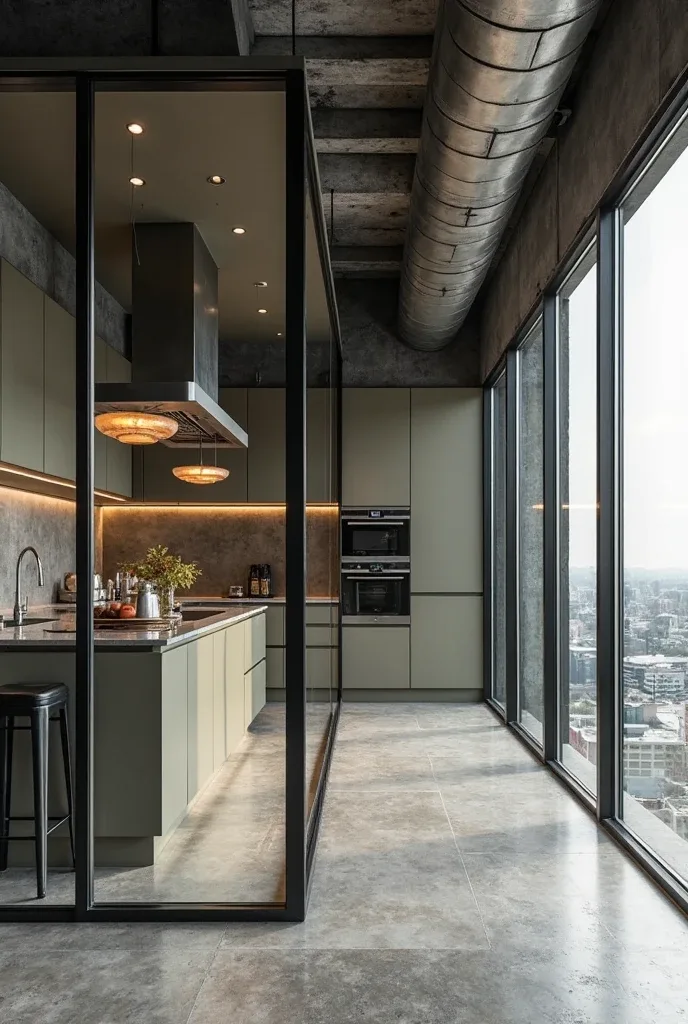
Transparency and industrial elements combine in glass-enclosed kitchens that feel like sophisticated laboratories or high-end commercial spaces adapted for residential use. Black-framed glass partitions create definition without sacrificing openness.
Exposed ductwork, polished concrete floors, and stainless steel surfaces create authentic industrial character while matte olive cabinetry adds warmth and sophistication. Oversized industrial lighting fixtures provide both illumination and architectural interest.
These designs work particularly well in urban lofts or contemporary homes where industrial elements complement the overall architectural aesthetic. The glass enclosure maintains visual connection while containing cooking odors and sounds.
Japandi Minimal Kitchen
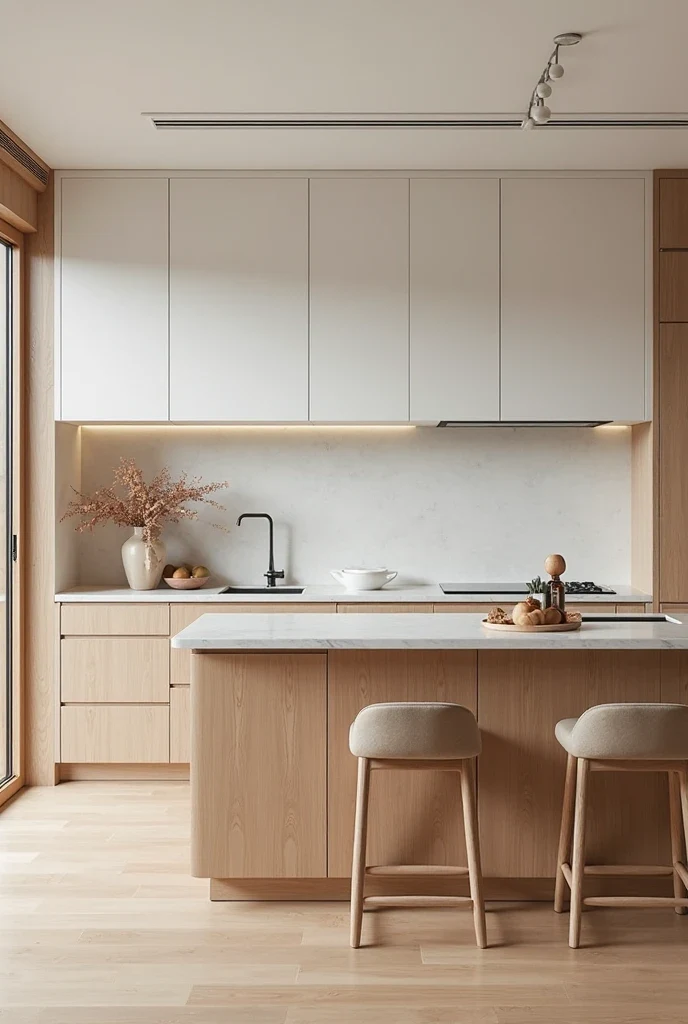
The fusion of Japanese and Scandinavian design principles creates kitchens of exceptional serenity and functionality. Natural wood cabinets, smooth white upper storage, and thin quartz countertops emphasize horizontal lines and material honesty.
Hidden appliances and minimal hardware maintain the clean aesthetic while advanced storage systems provide maximum functionality within the simplified visual framework. Light wood floors and ceramic accents add warmth without disrupting the zen-like calm.
This trend appeals to homeowners seeking respite from busy modern life through spaces that promote mindfulness and intentional living. Every element serves a purpose while contributing to the overall sense of calm and order.
Ultra-Compact Open Concept With Vertical Storage
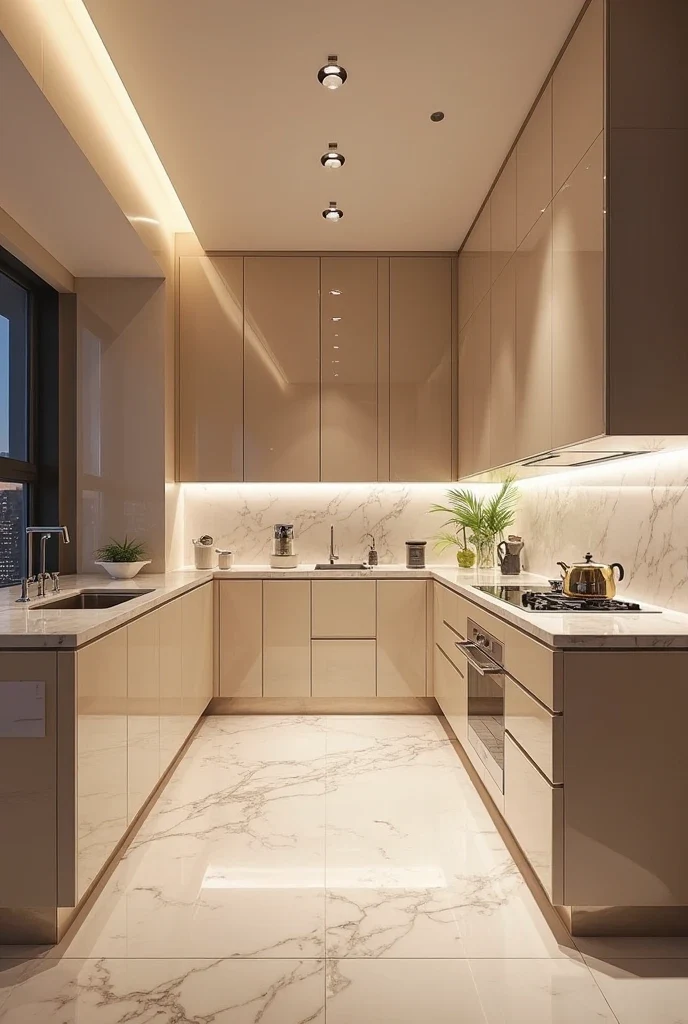
Small spaces receive luxury treatment through vertical storage solutions that maximize functionality while maintaining sophisticated aesthetics. Floor-to-ceiling cabinetry and reflective surfaces create the illusion of larger space while providing extensive storage.
Glossy surfaces bounce light throughout the space while marble-look countertops and under-cabinet lighting create luxury details appropriate for any size kitchen. The key is using every inch efficiently while maintaining visual lightness through color and material choices.
These designs prove that small kitchens can be just as sophisticated as large ones when properly planned. Vertical emphasis draws the eye upward, creating the impression of greater space while providing practical storage solutions.
Champagne Toned Kitchen With Mood Lighting
Warm metallic tones create kitchens that feel both luxurious and welcoming through soft champagne and ivory color palettes. Backlit frosted glass cabinets and mood lighting in ceiling coves create sophisticated ambiance appropriate for any time of day.
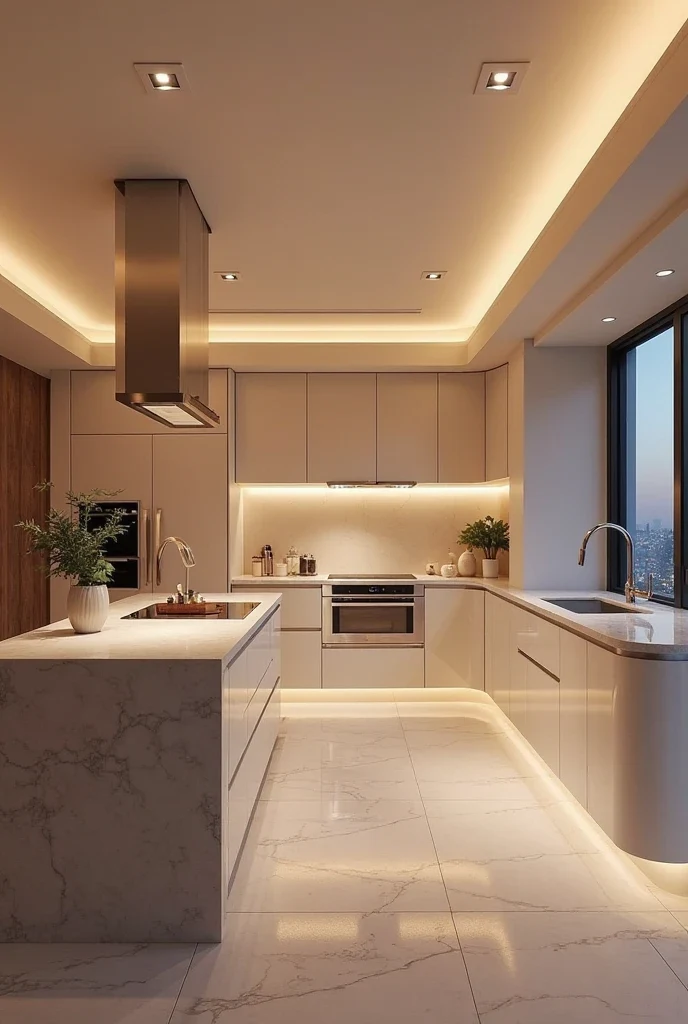
Waterfall-edge islands and integrated high-end appliances maintain clean lines while champagne-toned fixtures and accessories add warmth and personality. The lighting systems can be adjusted from bright task illumination to intimate ambient lighting for entertaining.
This approach appeals to homeowners who want their kitchens to feel luxurious without being cold or intimidating. The warm tones create welcoming environments suitable for both daily family life and sophisticated entertaining.
Final Thoughts
The kitchen trends defining 2025 represent a maturation of residential design—spaces that successfully balance beauty, functionality, and personal expression while incorporating technology and sustainability in meaningful ways. These aren’t just pretty spaces; they’re thoughtfully designed environments that enhance daily life.
The most successful kitchen renovations this year will focus on creating experiences rather than just updating finishes. Whether you’re drawn to seamless stone luxury, organic curves, or sophisticated color combinations, choose trends that align with how you actually live and cook in your space.
Remember that the best kitchen design investments are those that remain beautiful and functional for years to come. Focus on quality materials, timeless proportions, and flexible systems that can adapt as your needs change. Your kitchen should feel like the heart of your home—sophisticated enough for entertaining, functional enough for daily use, and personal enough to reflect who you are.
Start with one element that excites you most, whether it’s a statement island, dramatic lighting, or beautiful materials, and build your design around that inspiration. The goal isn’t to follow every trend, but to create a space that makes you excited to cook, gather, and live beautifully every day.
